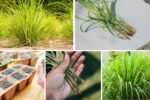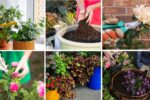In today’s world of climate change, environmental awareness, and rising food prices, more people are turning to sustainable gardening — a method of growing plants in a way that benefits both people and the planet. A sustainable garden doesn’t just focus on beauty or yield; it also works in harmony with natural ecosystems, conserves resources, and promotes biodiversity.
Whether you have a spacious backyard, a sunny balcony, or a small urban plot, anyone can start a sustainable garden with the right techniques and mindset. This detailed guide will show you how to grow your own eco-friendly, low-impact garden while enjoying fresh produce, vibrant flowers, and a healthy outdoor space.

What is a Sustainable Garden?
A sustainable garden is designed to minimize environmental impact while enhancing local ecosystems. It focuses on:
- Conserving water
- Reducing waste
- Avoiding synthetic chemicals
- Encouraging biodiversity
- Supporting pollinators
- Building healthy soil naturally
Rather than working against nature, a sustainable garden partners with it — creating a thriving, balanced space that’s productive and planet-friendly.
Why Start a Sustainable Garden?
Starting a sustainable garden brings several long-term benefits:
- Healthier food free from synthetic pesticides and fertilizers
- Reduced carbon footprint through local food production
- Improved soil health and water conservation
- Pollinator support, benefiting bees, butterflies, and birds
- Less waste, through composting and organic practices
- A peaceful, beautiful green space for mental well-being
It’s a small but powerful way to make a positive environmental impact while enjoying the satisfaction of growing your own produce and flowers.
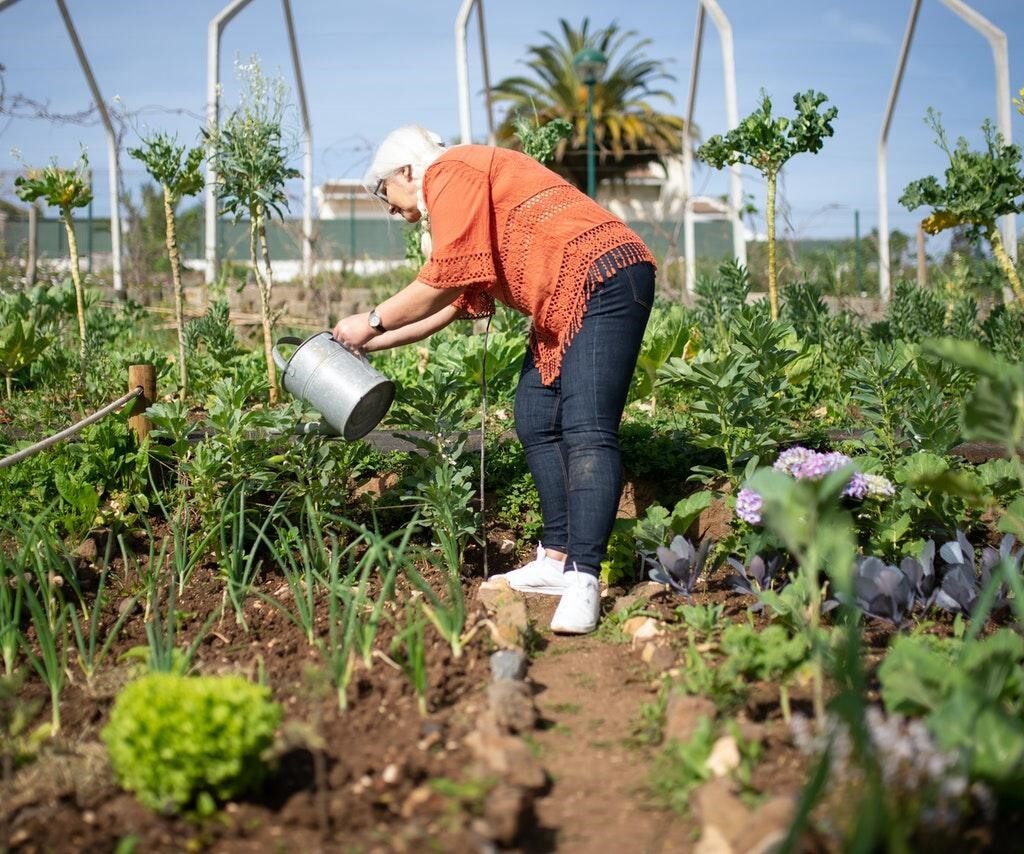
Key Principles of Sustainable Gardening
Before diving into the practical steps, it helps to understand the core principles behind sustainable gardening:
- Work with nature, not against it
- Use natural resources responsibly
- Prioritize soil health
- Encourage plant and animal biodiversity
- Reduce, reuse, and recycle materials
- Eliminate harmful chemicals
- Adapt to your local climate and ecosystem
With these guiding values in mind, let’s explore how to start your own sustainable garden.
Step 1: Plan Your Garden Layout Thoughtfully
Start by assessing your space and creating a design that fits your environment and goals.
Consider:
- Sun exposure
- Soil type
- Water availability
- Existing plants and wildlife
- Your personal needs (vegetables, herbs, flowers, habitat)
Tip:
Group plants with similar water, soil, and light needs together (called hydrozoning) to simplify maintenance and conserve resources.
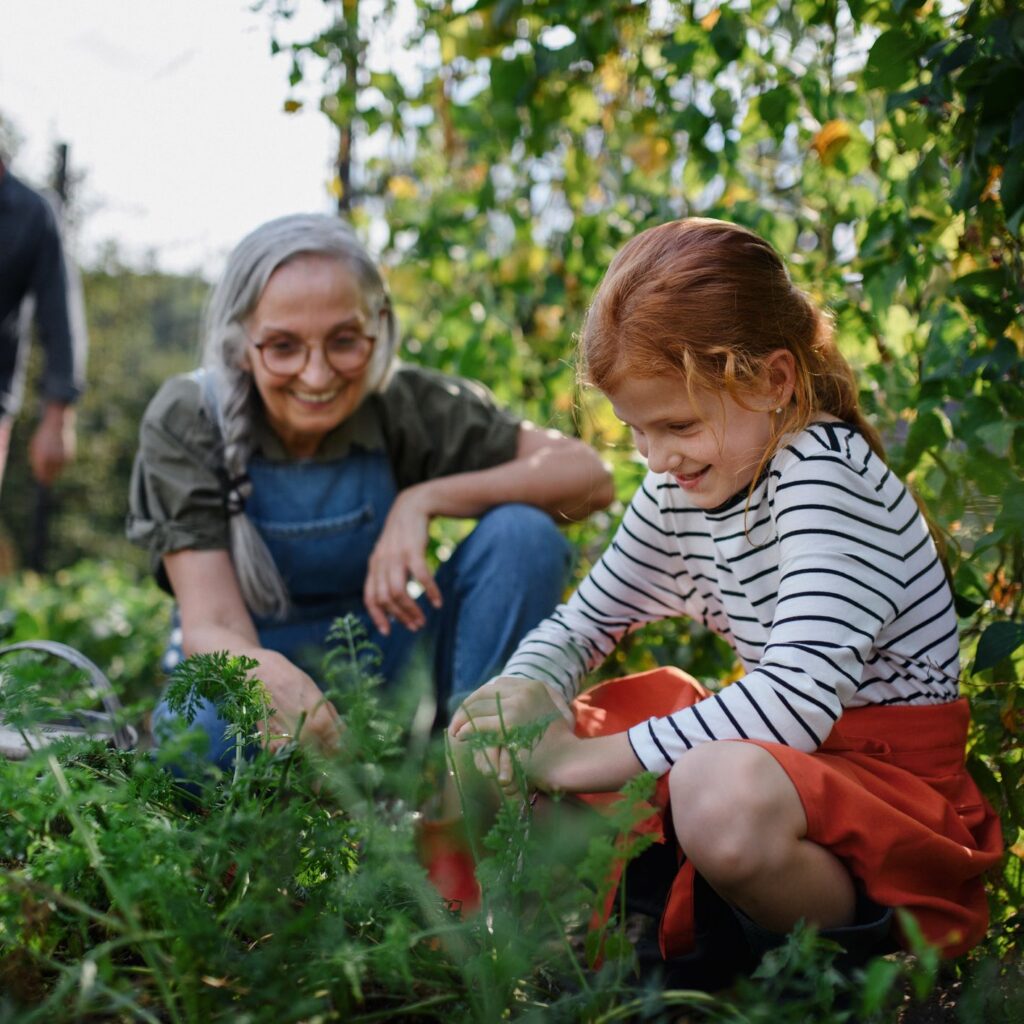
Step 2: Improve and Protect Your Soil
Healthy, living soil is the foundation of a sustainable garden.
How to Build Healthy Soil:
- Add organic compost regularly
- Use aged manure, leaf mold, and organic mulches
- Avoid synthetic chemical fertilizers
- Practice no-dig or minimal tilling to protect soil structure
- Rotate crops to prevent nutrient depletion
- Grow cover crops (green manure) like clover or legumes in off-seasons to enrich the soil naturally
Bonus Tip:
Conduct a simple soil test to check pH and nutrient levels before planting.
Step 3: Choose the Right Plants
Opt for native plants and well-adapted species suited to your region. They require less water, are more resistant to pests and diseases, and provide food and shelter for local wildlife.
Ideal Plant Choices for a Sustainable Garden:
- Native wildflowers
- Drought-tolerant herbs like rosemary, thyme, and sage
- Fruit trees or shrubs
- Vegetables suited to your climate
- Pollinator-friendly plants like lavender, milkweed, and coneflowers
Tip:
Incorporate a mix of annuals, perennials, and shrubs to ensure year-round biodiversity.
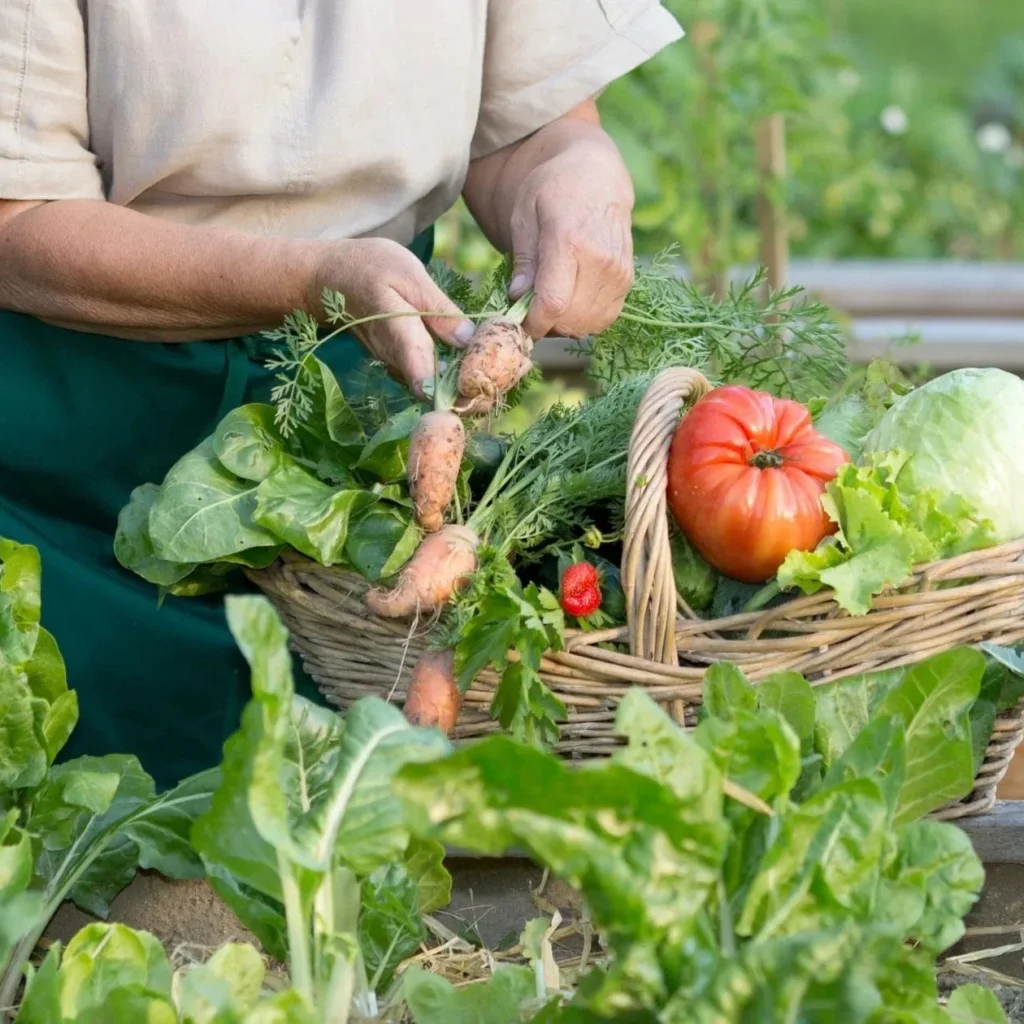
Step 4: Conserve Water Wisely
Water is a precious resource, and sustainable gardens are designed to minimize water use.
Water-Saving Techniques:
- Install a rain barrel to collect rainwater for irrigation
- Use drip irrigation or soaker hoses instead of overhead sprinklers
- Mulch garden beds with organic material to reduce evaporation
- Water in the early morning or late afternoon
- Choose drought-tolerant and native plants
Pro Tip:
Group plants with similar water needs to avoid overwatering.
Step 5: Compost Kitchen and Garden Waste
Composting is one of the simplest, most effective ways to reduce waste and enrich soil naturally.
What You Can Compost:
- Fruit and vegetable scraps
- Coffee grounds and tea leaves
- Eggshells
- Grass clippings and leaves
- Plant trimmings
- Shredded newspaper and cardboard (avoid glossy prints)
Avoid:
- Meat, dairy, and oily foods
- Pet waste
- Diseased plants
Regularly turning your compost speeds up decomposition and prevents odors.

Step 6: Use Natural Pest and Disease Control
Sustainable gardens avoid synthetic pesticides and herbicides, which harm beneficial insects, pollinators, and soil life.
Eco-Friendly Pest Control Tips:
- Encourage natural predators like ladybugs, birds, and frogs
- Use companion planting (e.g., plant marigolds with tomatoes to deter aphids)
- Hand-pick pests when possible
- Spray insecticidal soap or neem oil for soft-bodied insects
- Keep plants healthy through proper watering and soil care to naturally resist diseases
Step 7: Recycle and Reuse Materials
Give old items a new purpose in your garden:
- Use broken pots as drainage material
- Turn old pallets into vertical planters
- Repurpose glass jars for seed storage
- Create garden edging from reclaimed wood or stones
- Build raised beds from recycled lumber
This reduces landfill waste and saves money while adding character to your garden.
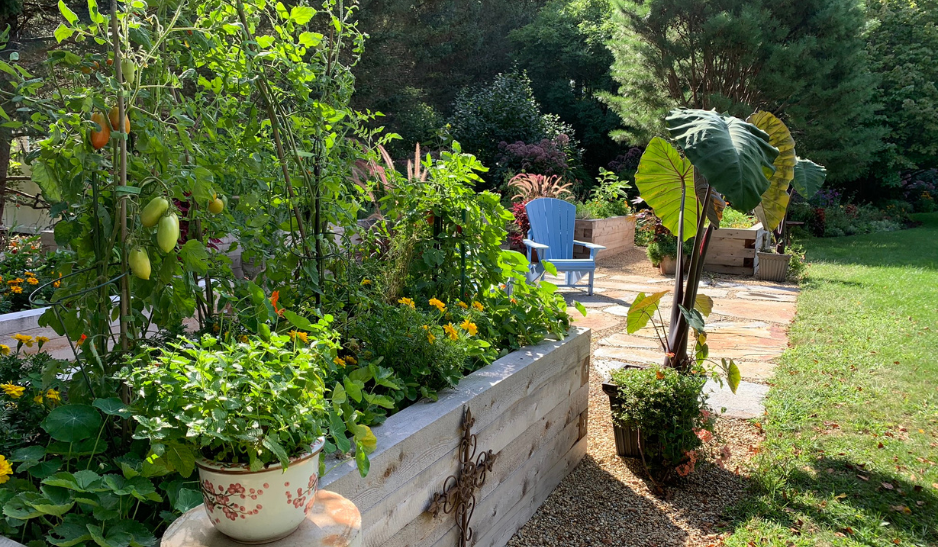
Step 8: Support Pollinators and Wildlife
A sustainable garden provides habitat and food for local pollinators and beneficial creatures.
How to Attract Wildlife:
- Plant nectar-rich flowers for bees, butterflies, and hummingbirds
- Leave patches of bare ground for ground-nesting insects
- Install bird baths and feeders
- Avoid chemical sprays
- Provide native shrubs and trees for shelter and nesting
- Let a portion of your garden go a little wild — piles of logs, rocks, and leaves support biodiversity
Step 9: Grow Your Own Food
One of the most rewarding aspects of sustainable gardening is producing your own fruits, vegetables, and herbs.
Easy-to-Grow, Sustainable Crops:
- Tomatoes
- Peppers
- Lettuce and greens
- Zucchini
- Beans and peas
- Strawberries
- Culinary herbs like basil, oregano, and mint
Practice succession planting (sowing new crops as others finish) to maximize your harvest year-round.
Final Thoughts
Starting a sustainable garden is an empowering way to reconnect with nature, reduce your environmental footprint, and enjoy healthier, homegrown food. By working with natural systems and embracing eco-friendly practices, you’ll create a thriving outdoor space that benefits both you and the planet.
Whether you’re growing herbs in containers or transforming your backyard into a productive, wildlife-friendly haven, every step you take toward sustainability counts. So grab a shovel, start composting those kitchen scraps, and get planting — your future sustainable garden awaits.


